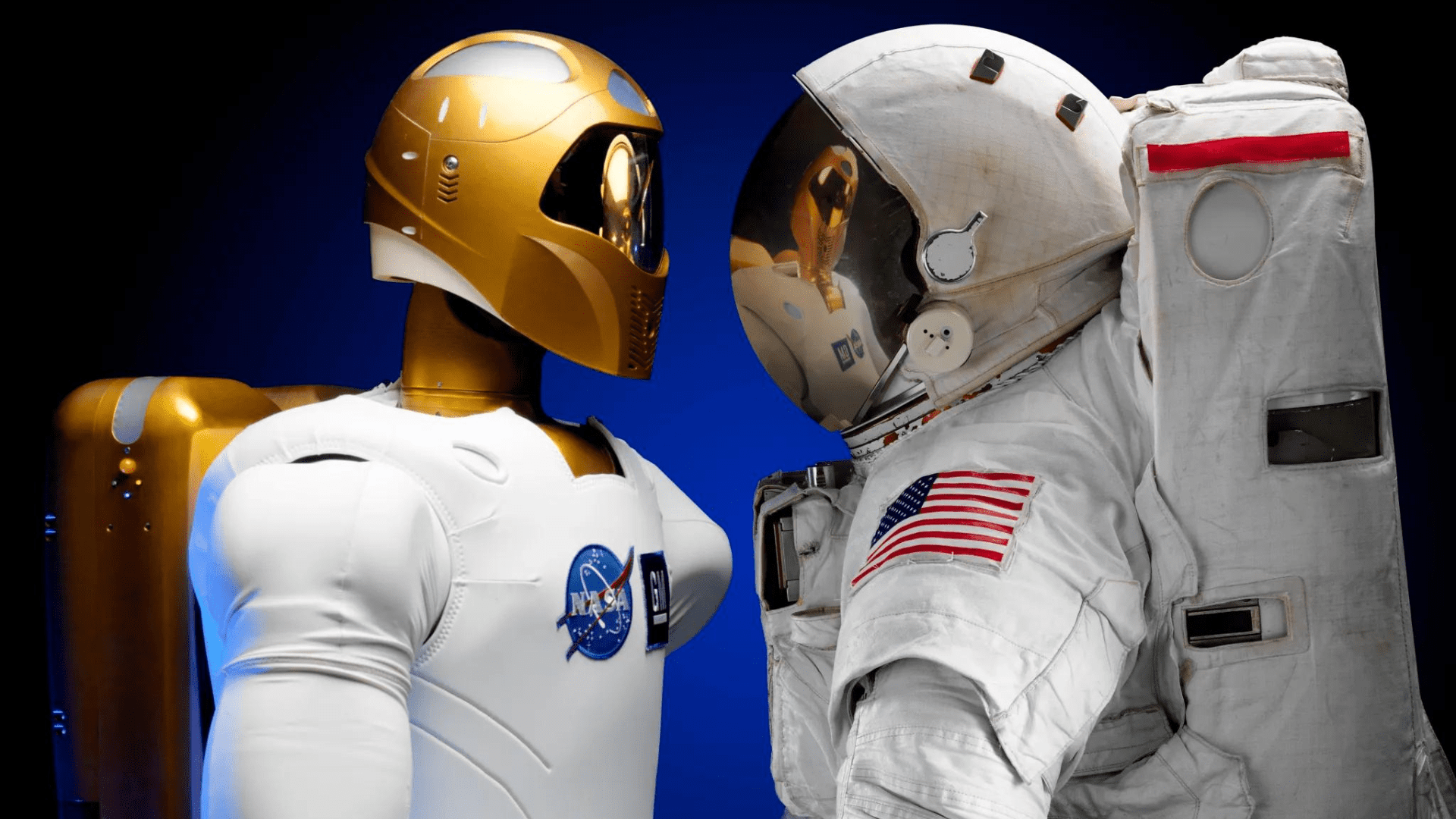There are five exciting experiments ready to take off up to the International Space Station (ISS). The five scientific investigations will launch to the ISS on Northrop Grumman’s 20th commercial resupply services mission.
1. 3D Printing Going to Space
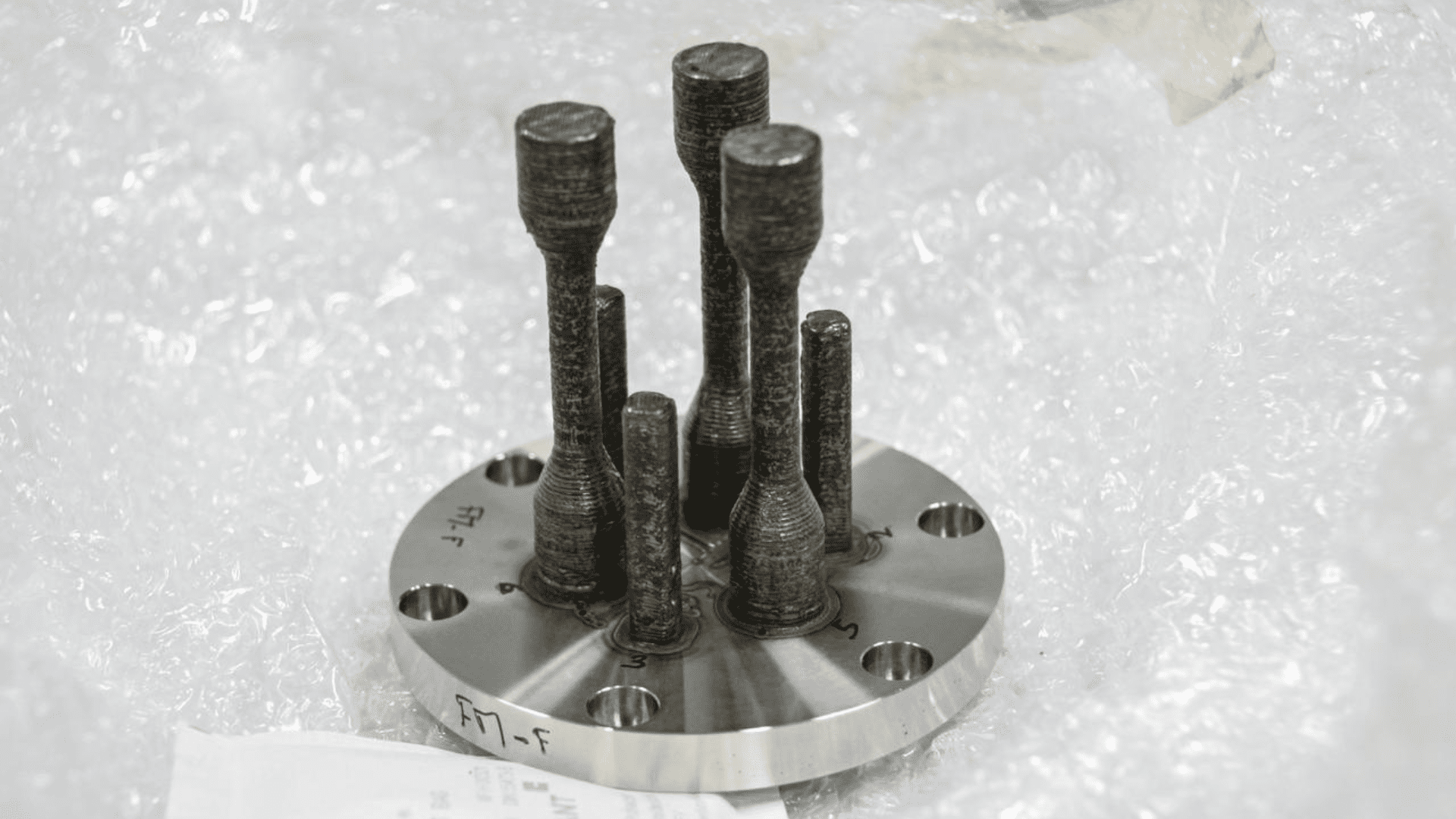
The metal 3D printer is an investigation from the European Space Agency that tests the ability to 3D print small metal parts in microgravity. Rob Postema of ESA said, “This investigation provides us with an initial understanding of how such a printer behaves in space.” They want to see how different it is to do this kind of printing in space compared to on Earth. ESA also wants to see what kind of shapes they can print. Postema added, “This activity helps show how crew members can work safely and efficiently with printing metal parts in space.”
The results could help them understand the functionality, performance, and operations of metal 3D printing in space. The structural integrity of the pieces printed outside of Earth’s atmosphere will be put to the test as well. Understanding how 3D printing works in space will help long-duration human missions in the future because resupply presents a challenge. If astronauts can print new parts for things they need, it reduces the amount of supplies they may need. It could save them a lot of time and money on future long-duration space flights, and trips to the Moon or Mars.
2. Surgery from Remote Robotics
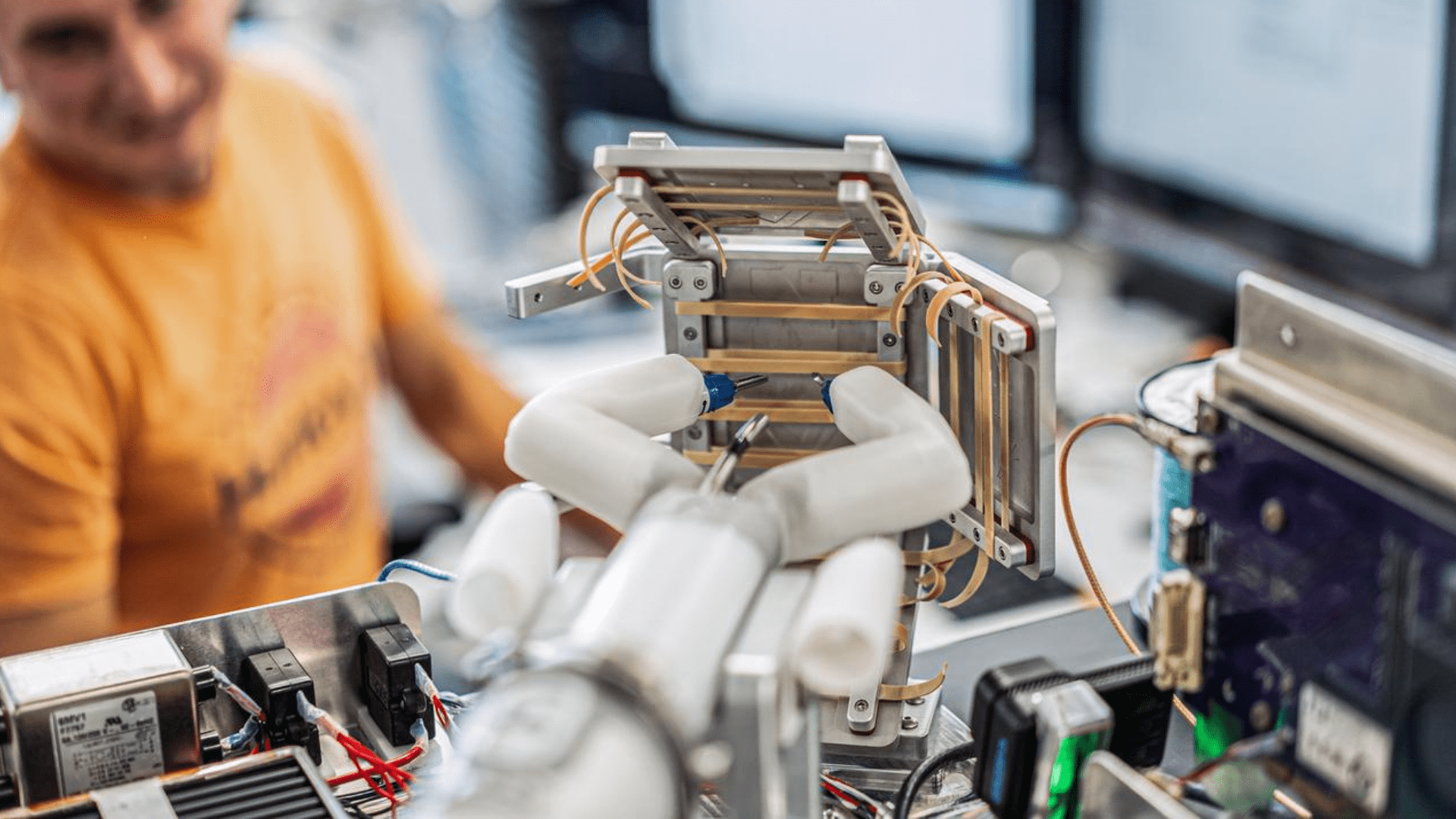
One important test heading to space is the Robotic Surgery Tech Demo. It tests the surgical performance of a small robot in space that is controlled by a human on Earth to perform surgery. The robot is equipped with two hands capable of grasping and cutting simulated surgical tissue. Long space missions increase the possibility of crew members needing surgery. It could be anything from needing stitches to emergency surgery.
Results from the tests could help in a couple of different ways. One, it can support the development of more robotics capable of performing surgery. Two, it opens up availability to surgeries across the globe especially in rural areas. According to NASA, the availability of surgeons in rural areas declined by nearly a third from 2001 to 2019. The small size and remote control capability open up availability almost anywhere and everywhere.
3. Manufacturing Semiconductors in Space
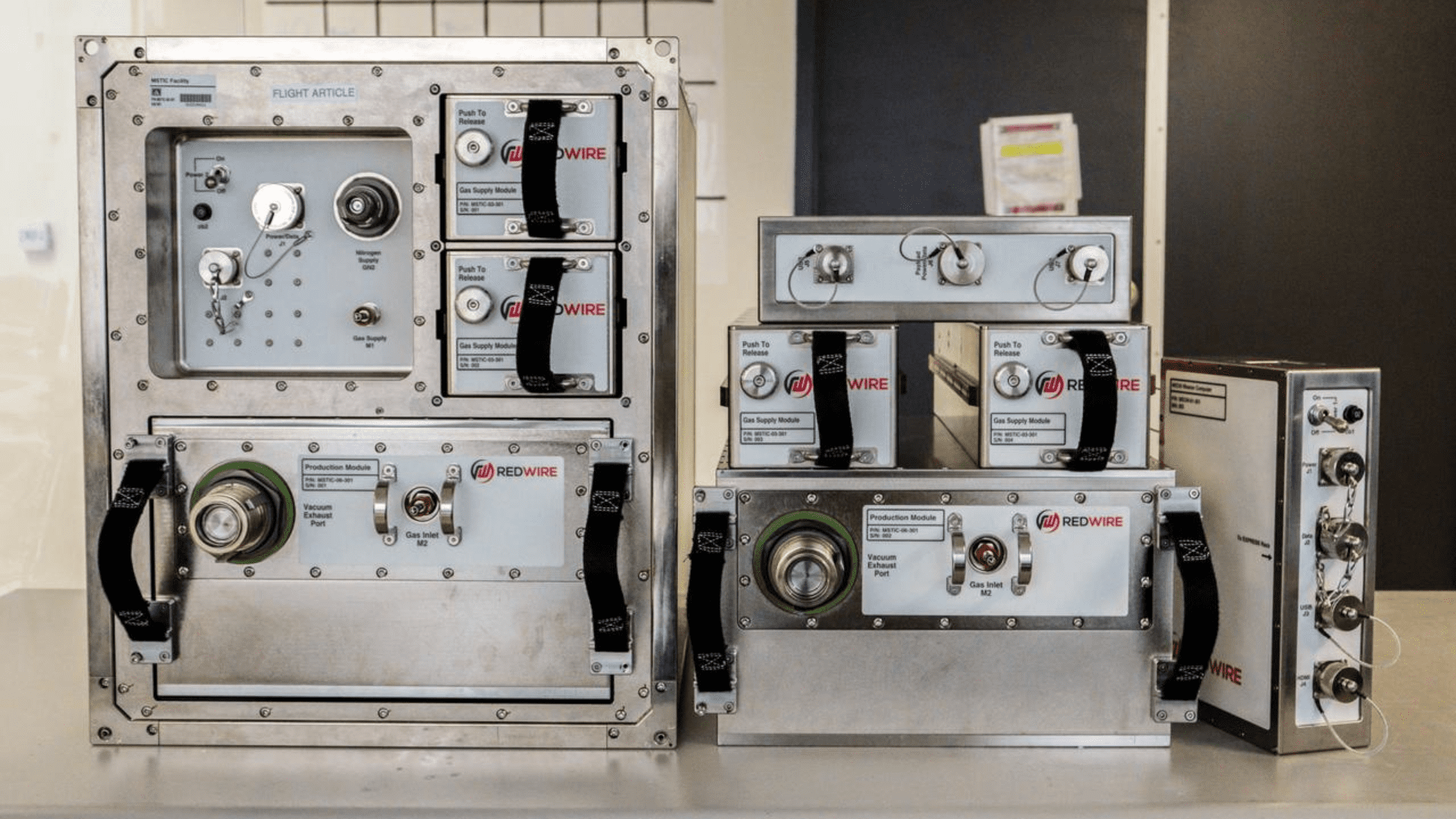
Manufacturing of Semiconductors and Thin-Film Integrated Coatings (MSTIC) examines how microgravity impacts the thin films that are used in many ways. Alex Hayes of Redwire Space, the company that designed the tech, said, “The potential for producing films with superior surface structures and the broad range of applications from energy harvesting to advanced sensor technology are particularly groundbreaking.” This new technology could replace the abundance of machines that are used to make semiconductors because of autonomous manufacturing.
If it’s possible to do this in space, it could not only improve but reduce the materials, equipment, and labor required. Again, it can help limit the need for difficult resupply missions.
Explore Tomorrow's World from your inbox
Get the latest innovations shaping tomorrow’s world delivered to your inbox!
I understand that by providing my email address, I agree to receive emails from Tomorrow's World Today. I understand that I may opt out of receiving such communications at any time.
4. Growing Cartilage Tissue
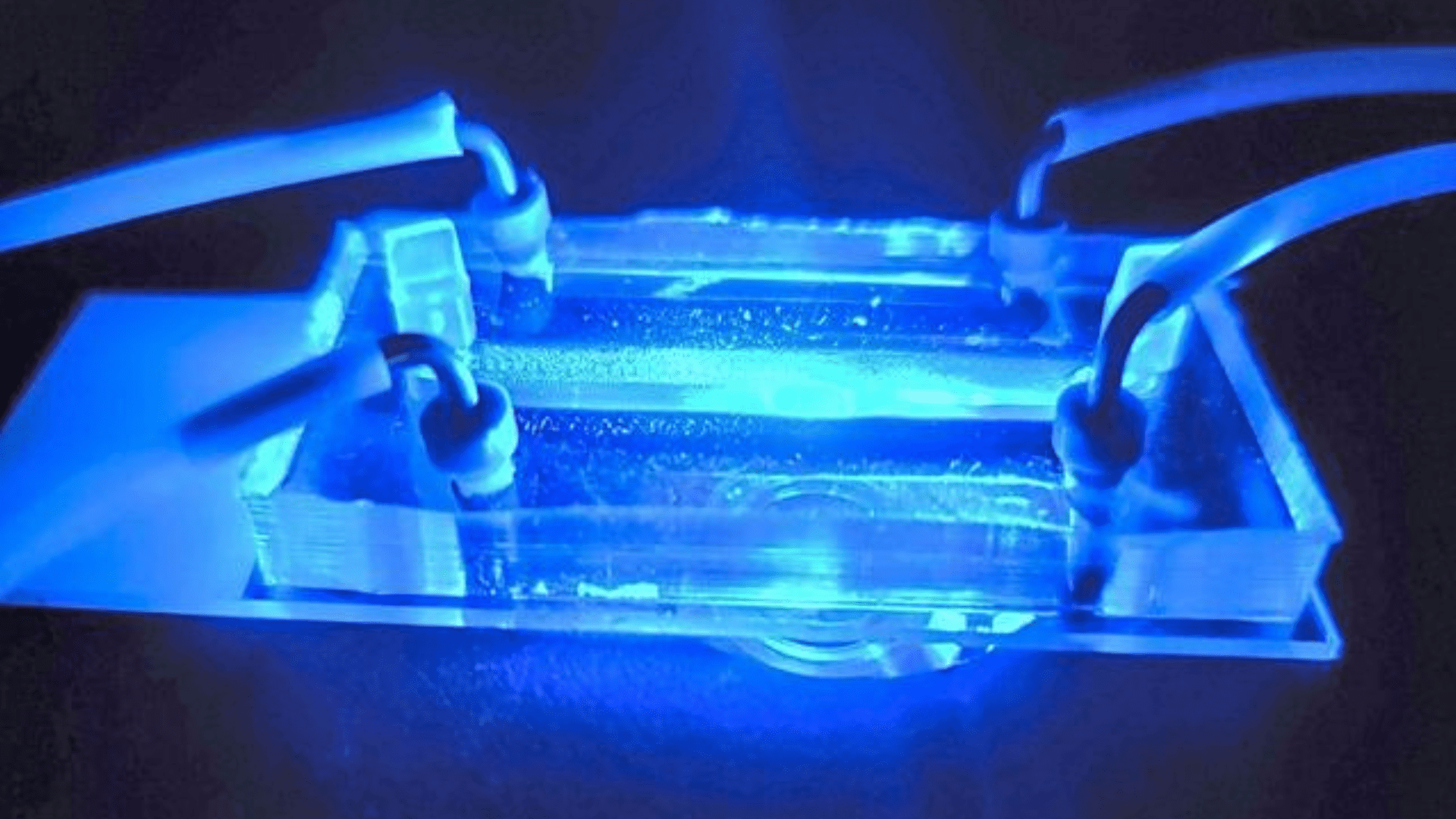
There are two types of technologies that Compartment Cartilage Tissue Construct demonstrates. They are Janus Base Nano-Matrix (JBNm) and Janus Base Nanopiece (JBNp). JBNm can serve as a model for studying cartilage disease because the injectable material acts as a bridge for the formation of cartilage in microgravity. JBNp can combat cartilage degeneration through RNA-based therapy.
Microgravity can trigger cartilage degeneration that mimics the progression of aging-related osteoarthritis but it does it faster. Because of how fast microgravity triggers the degeneration, conducting research in that environment could help discover effective therapies quickly. Once again, this investigation could help future missions to the Moon or Mars while also helping regeneration treatments on Earth.
5. Re-entering Earth’s Atmosphere
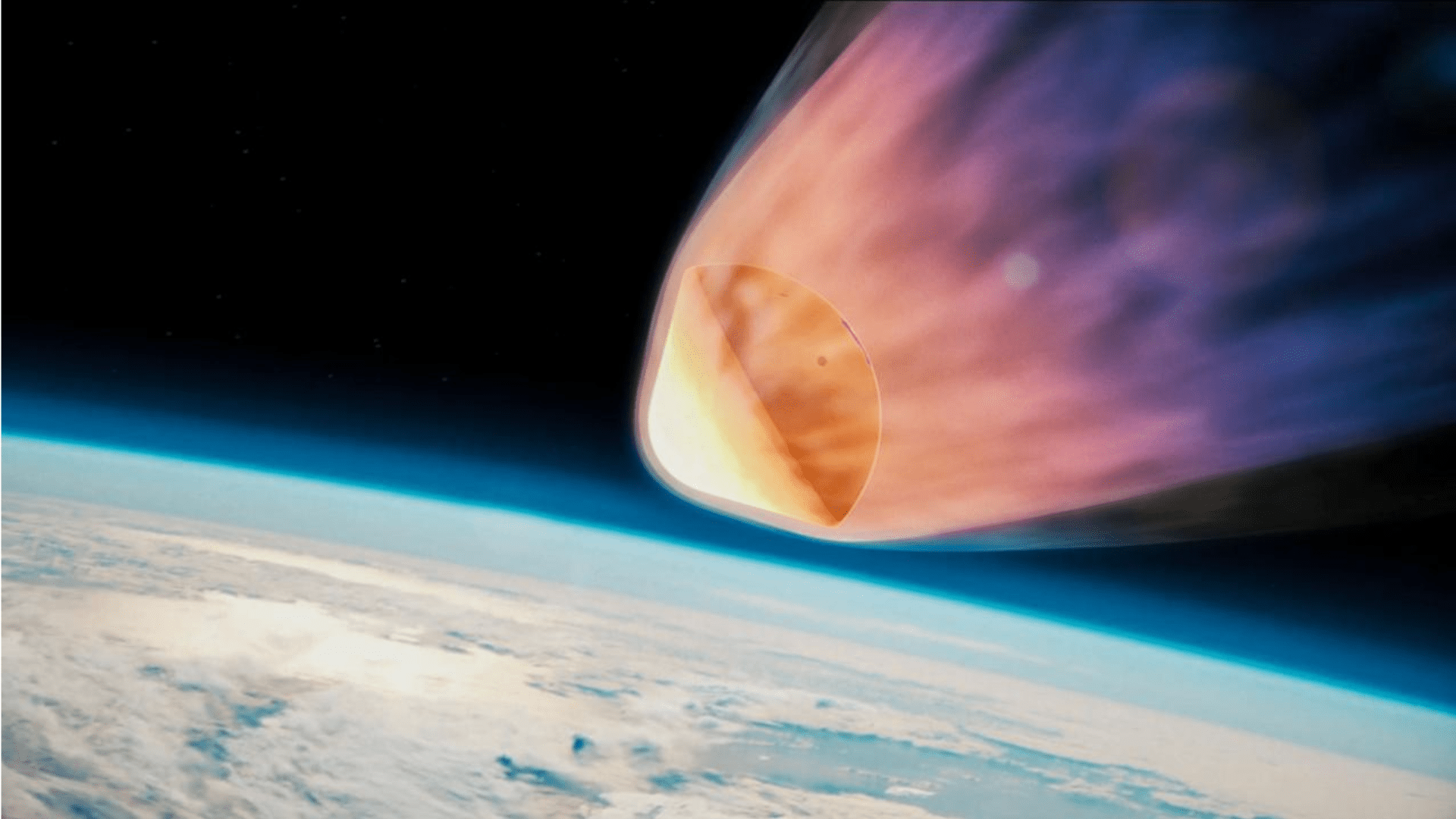
This investigation looks into the ways all of the experiments return home to Earth. We know that when something is coming back into Earth’s atmosphere, it gets really hot. The extreme temperatures have unintended impacts on the contents. Right now, thermal protection systems are used to shield spacecraft and their contents. But, the systems are based on numerical models that can overestimate the size of the system needed. Which takes up valuable space.
Let’s introduce the Kentucky Re-entry Probe Experiment-2 (KREPE-2). KREPE-2 is outfitted with three capsules with different heat shield materials. A variety of sensors also help collect data on actual reentry conditions. Another application for these materials could be used on Earth. For example, protecting people and structures from wildfires.






